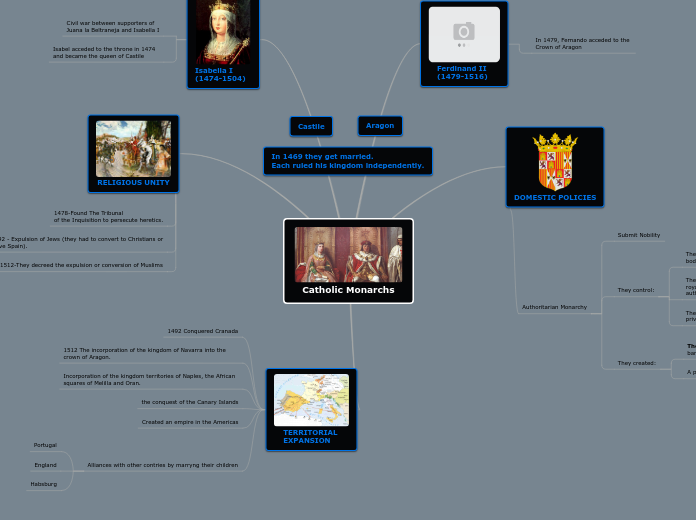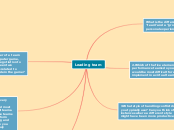作者:Esteban Moreno 2 年以前
209
Monarchies in Habsburg
During the late 18th century, Joseph II of Habsburg ruled as the Holy Roman Emperor and was notable for his embrace of Enlightenment philosophy. He aimed to modernize the empire through extensive reforms focusing on rationalization and centralization, including reducing the power of the nobility by abolishing feudal privileges and establishing a more efficient bureaucracy.









